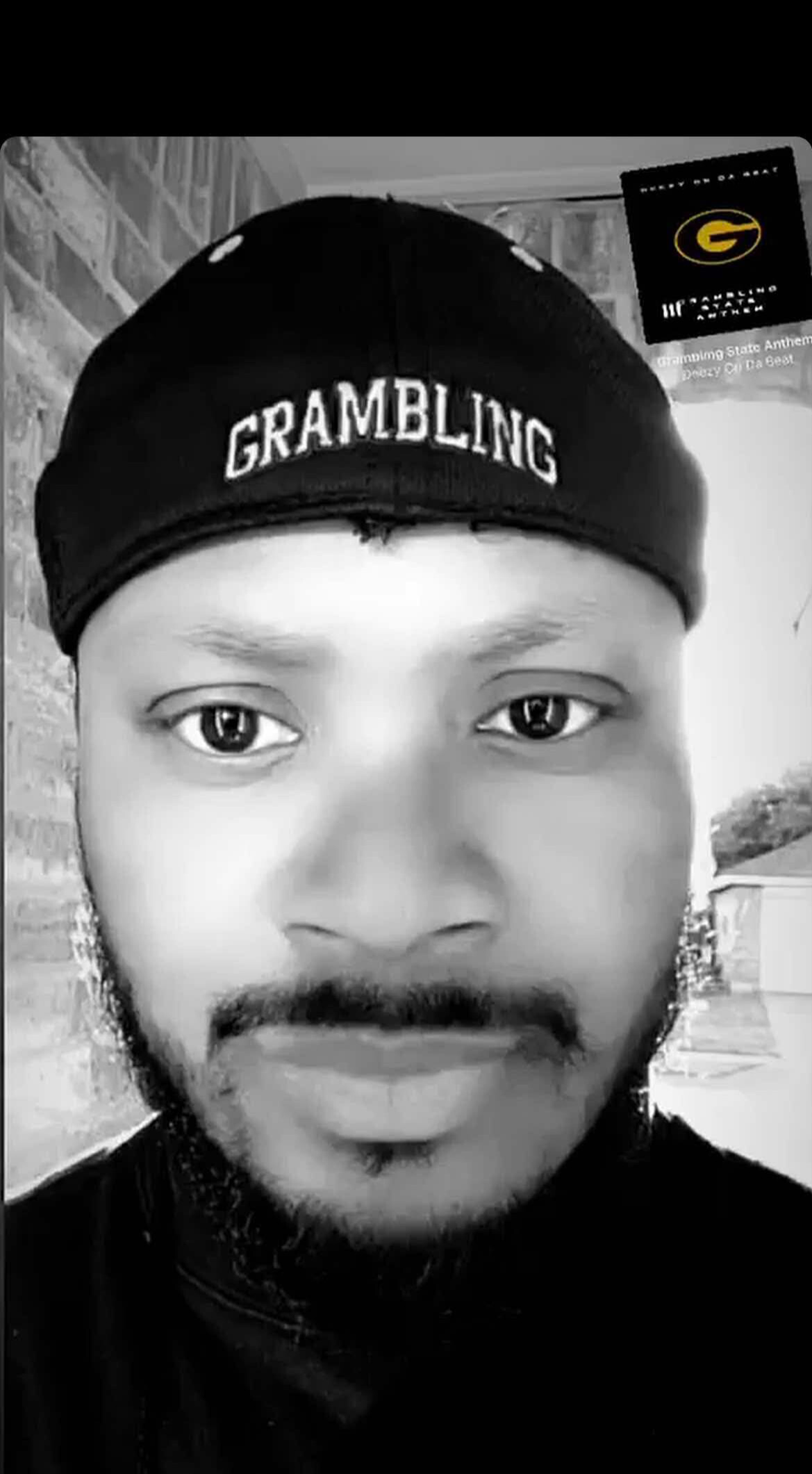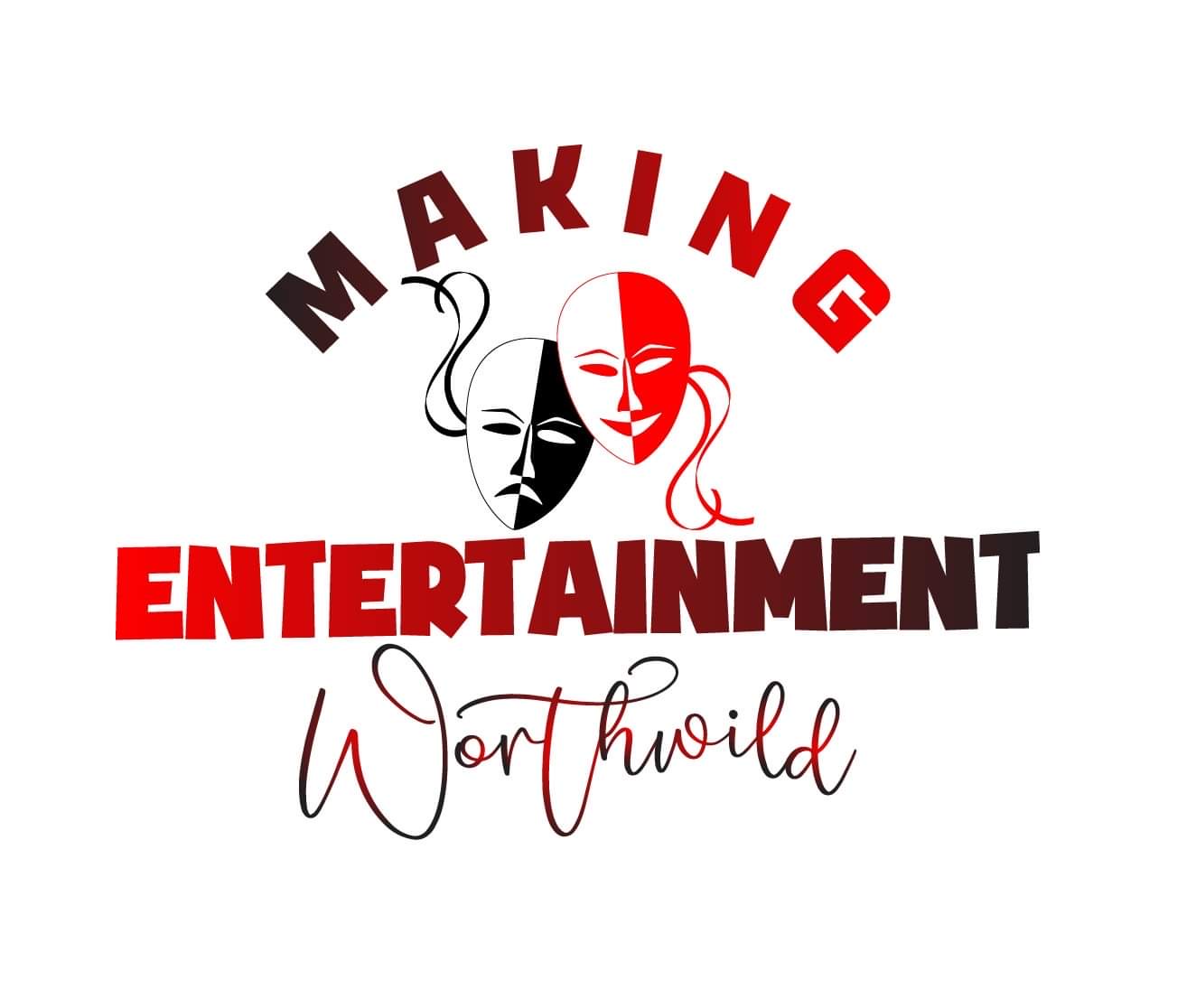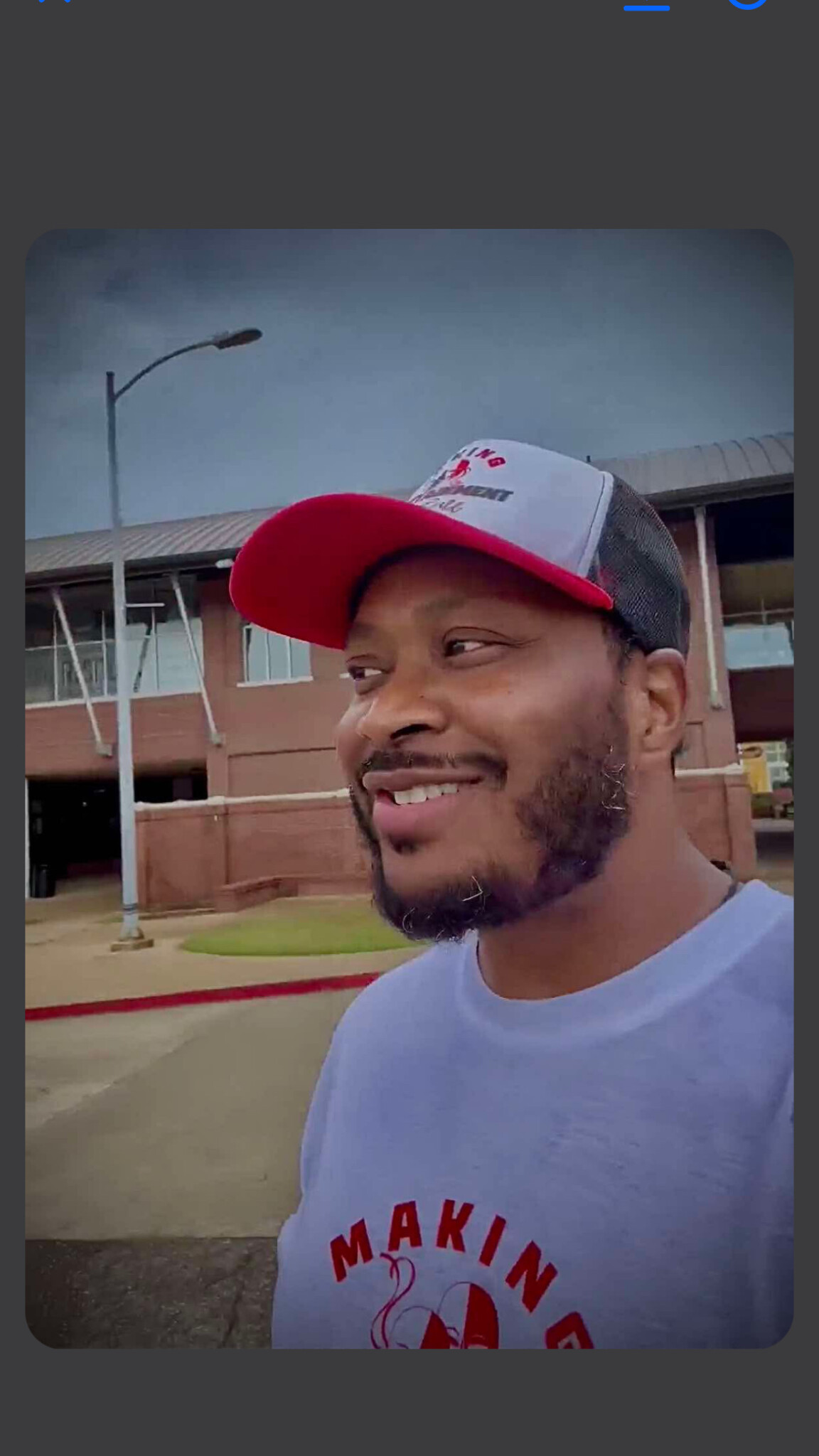Alright – so today we’ve got the honor of introducing you to L A. We think you’ll enjoy our conversation, we’ve shared it below.
L, appreciate you joining us today. Did you always know you wanted to pursue a creative or artistic career? When did you first know?
The first time I knew I wanted to pursue a creative/artistic path professionally was during my time at Grambling State University. It all started in the fall of 2004 when I was cast in my very first theatre production, despite having no prior acting experience. I was incredibly nervous, but also excited, knowing I was about to step onto a stage for the first time. I remember running from my dorm to pick up my script, feeling like I was on a mission, as though I was racing against time to prepare.
When I finally stepped onto the stage for that first performance, I was wearing a “fat suit,” and I could see my grandmother in the audience, laughing and trying to hold it in. It made me nervous at first, but I quickly learned to stay focused and block out the distractions. As the play went on, I found myself fully immersed in the experience. The rush of performing, connecting with the audience, and working together with a cast was unlike anything I had ever felt before. It wasn’t just about memorizing lines or remembering blocking – it was about becoming someone else entirely, telling a story, and making an impact through my craft.
That experience marked the beginning of my creative journey. It was the moment I realized that acting, theatre, and storytelling were more than just hobbies; they were passions that I wanted to pursue professionally. From there, my journey expanded into writing and directing my first play, “Genesis: The 1st Sin,” and discovering new creative outlets like sign language and performance art. Grambling became the place where I discovered my true artistic calling, and that first step on stage was the pivotal moment that set me on the path I am on today.
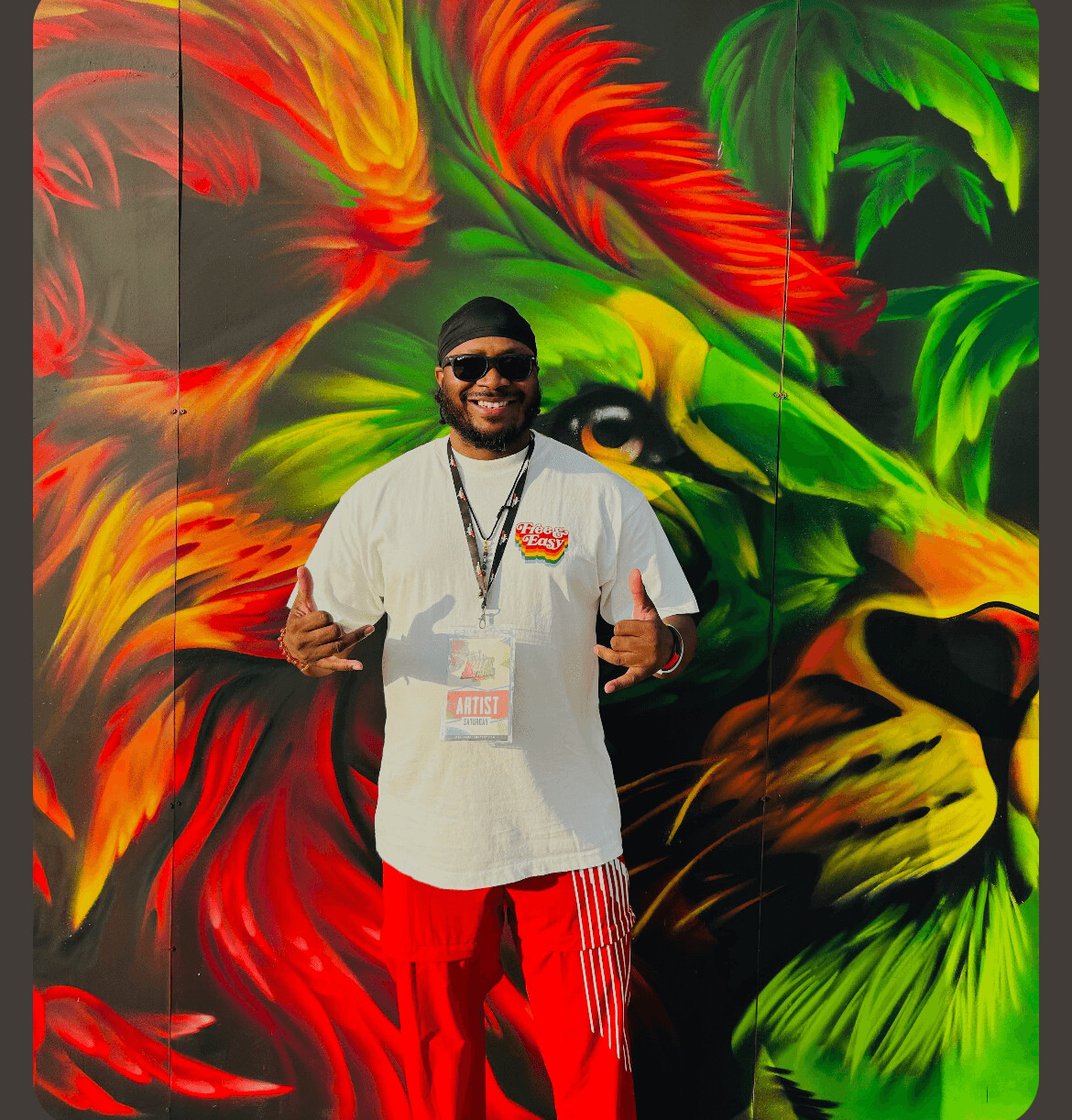
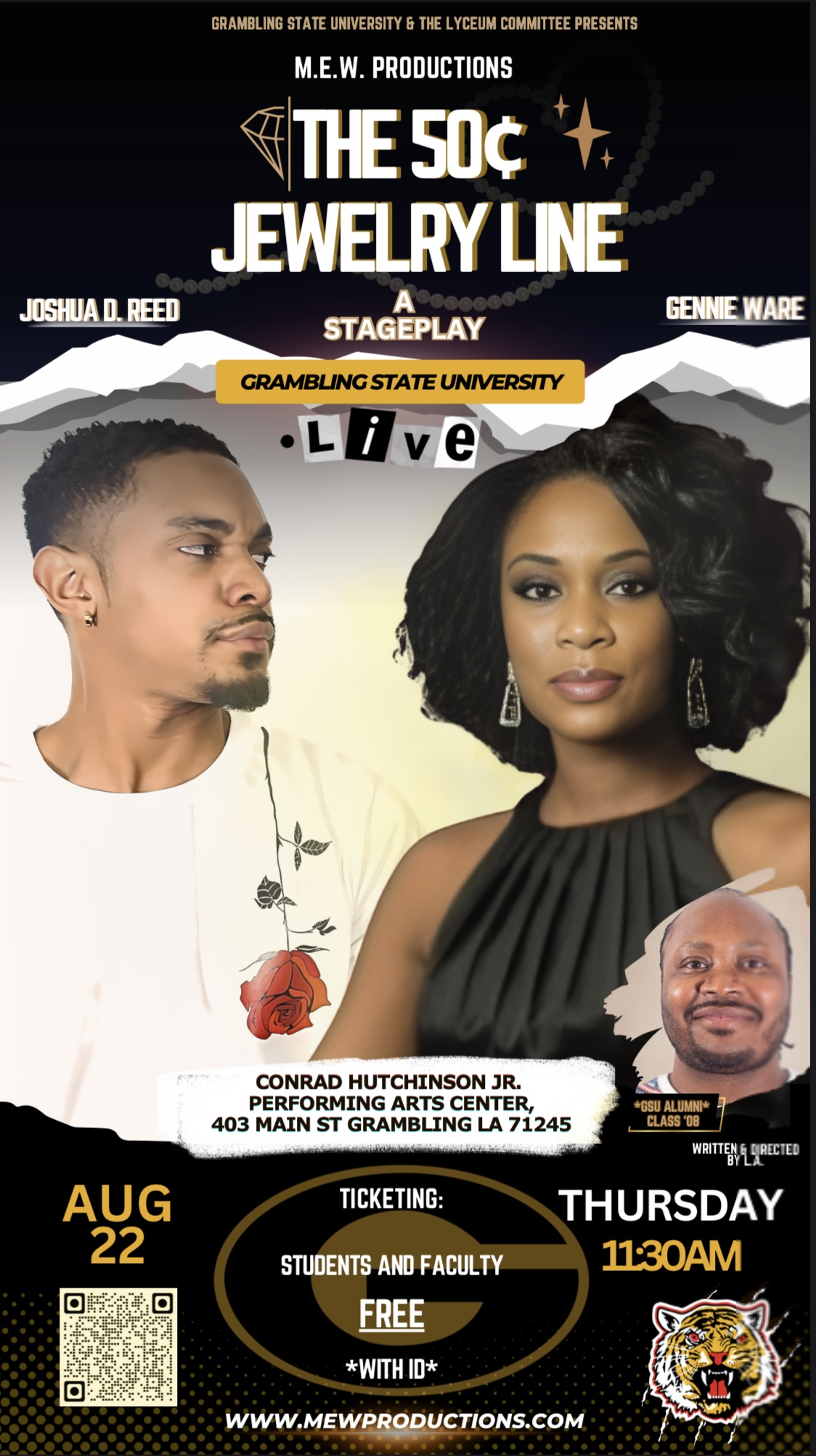
L, love having you share your insights with us. Before we ask you more questions, maybe you can take a moment to introduce yourself to our readers who might have missed our earlier conversations?
Thank you for the opportunity to share my journey! My name is L.A., and I am an actor, writer, director, producer, sign-singer, and the founder of *M.E.W. Productions*. My path into this creative industry began back in 2004 when I first started exploring the world of theater at Grambling State University. I had always been drawn to storytelling, and during my time at Grambling, I earned my Bachelor of Arts in Theater with a minor in Deaf Education. This combination ignited a deep passion for both performance and accessibility—something I continue to embrace in my work today.
After years of performing and honing my craft, I founded *M.E.W. Productions* in January 2022 with the goal of bringing creative works that speak to both hearing and hard-of-hearing audiences. Our company specializes in live and filmed performances, acting workshops, and sign language education. We are dedicated to providing inclusive and engaging content that not only entertains but also educates and unites diverse communities.
One of the core services we offer is sign language workshops, designed to bridge communication gaps between the hearing and deaf communities. Through these workshops, we offer participants the opportunity to learn American Sign Language (ASL) while also diving into Deaf culture and its rich history. In addition to sign language, we provide acting and storytelling workshops, helping individuals discover their own creative potential and enhance their skills.
What sets *M.E.W. Productions* apart from others is our focus on inclusivity and the blending of art and education. We use sign language as an integral part of our performances and workshops, creating spaces where people of all hearing abilities can collaborate and enjoy the arts. Whether it’s a stage play, a film, or a live performance, we strive to create content that resonates with audiences on a deeper level and fosters greater understanding and empathy.
Some of my proudest moments have been the creation of original works like *Genesis: The 1st Sin* and *Peace Park*, both of which I’ve written, directed, and produced for the stage and screen. These projects have allowed me to share my vision of using art to tell stories that challenge perceptions, spark dialogue, and build connections.
When it comes to what I want potential clients, followers, and fans to know about *M.E.W. Productions*, I’d say that our mission is simple: we are committed to making entertainment that is both meaningful and accessible. Our work is about more than just performance; it’s about fostering relationships, celebrating diversity, and providing educational opportunities. We want to create a space where every voice is heard, and where art can inspire change in the world.
Through *M.E.W. Productions*, we aim to not only entertain but to spark important conversations and foster community.
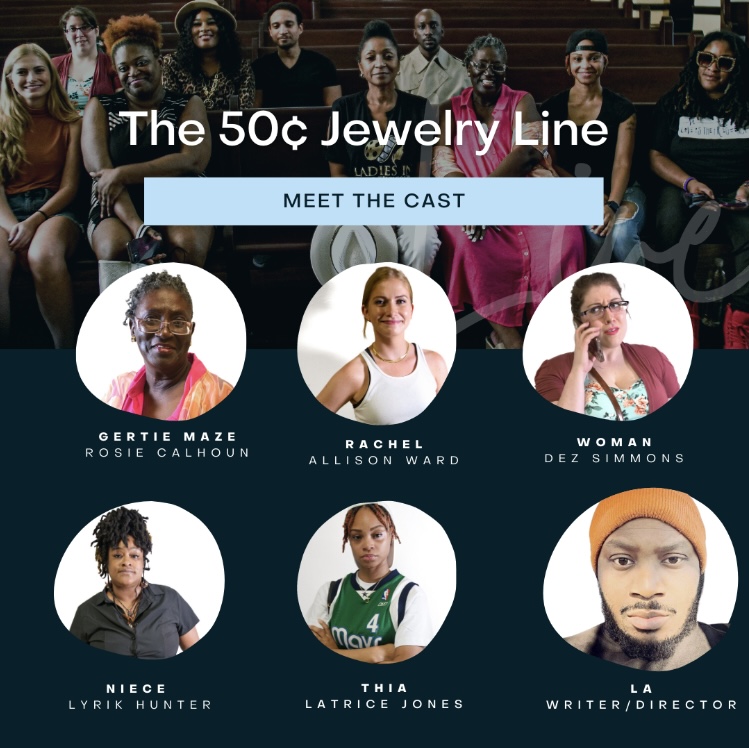
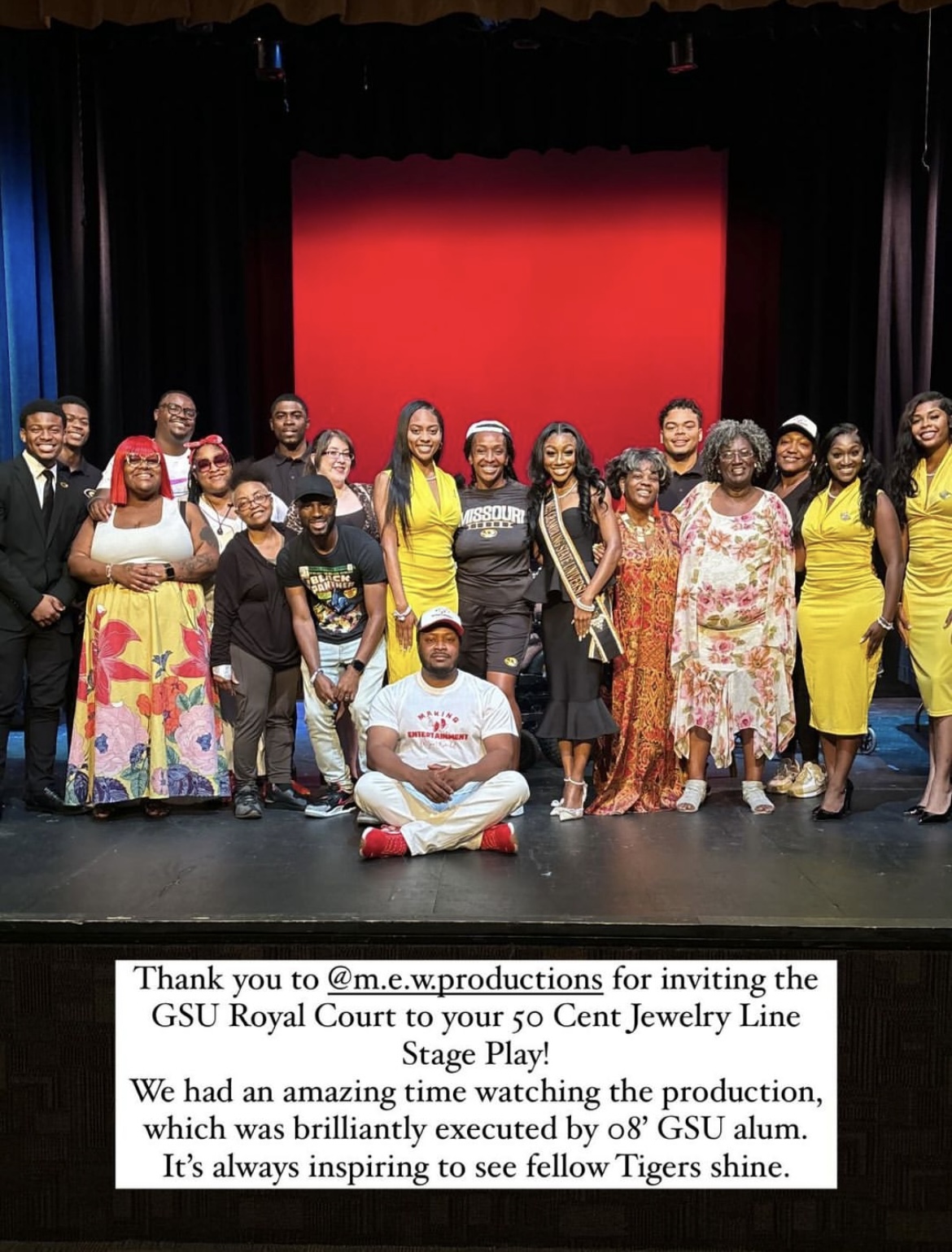
In your view, what can society to do to best support artists, creatives and a thriving creative ecosystem?
In my view, the best way society can support artists, creatives, and a thriving creative ecosystem is by recognizing and valuing the arts as essential to the fabric of our communities. Art has always been a mirror to society—it reflects our cultures, challenges our ideas, and opens our minds. With that in mind, here are a few key ways to ensure artists and creatives have the support they need:
1. **Investment in Arts Education**: Starting from a young age, we should invest in arts programs in schools and universities. This is where creativity is nurtured and where future artists, performers, filmmakers, and musicians develop their passion. These programs give students the tools and space to explore their creativity, and they should be given as much importance as other disciplines like math or science.
2. **Fair Compensation and Financial Support**: Society must ensure that artists are paid fairly for their work. Creative fields often lack the financial infrastructure and job security of more traditional professions. Providing grants, fellowships, and fair compensation for performances, exhibitions, and creative work allows artists to focus on their craft and continue contributing to the culture.
3. **Platforming Diverse Voices**: It’s crucial to support a wide range of voices in the arts—especially those that have been historically marginalized. Creatives from different backgrounds, experiences, and identities bring unique perspectives that enrich the arts. By ensuring these voices are heard and their work is supported, we create a more inclusive, innovative, and dynamic cultural landscape.
4. **Building Collaborative Communities**: Creatives thrive in environments that encourage collaboration. Community spaces—whether physical or digital—where artists can share ideas, collaborate, and find inspiration can help foster a thriving creative ecosystem. Events, conferences, or informal meet-ups where artists from various disciplines come together to connect and exchange ideas are vital to the growth of any creative field.
5. **Public Recognition and Accessibility**: Art should be accessible to everyone, not just those who can afford expensive tickets or gallery fees. Supporting public art installations, community-driven performances, or subsidized art events helps ensure that art is a resource for all. At the same time, giving public recognition to artists—whether through awards, media coverage, or community events—can go a long way in validating the importance of their contributions.
6. **Support for Creative Entrepreneurship**: Many artists are also entrepreneurs. By providing resources and mentorship to creatives who want to build businesses around their work—whether it’s independent theater companies, film production companies, or design studios—society can help cultivate a sustainable ecosystem for the arts. This can include offering training in business, marketing, and finance, helping artists build the necessary skills to grow their creative ventures.
7. **Creating More Opportunities for Artists to Share Their Work**: Society can help by facilitating more platforms for artists to showcase their talents, from galleries and festivals to film screenings and online platforms. By creating and expanding these opportunities, we make it possible for creative works to reach diverse audiences and make a broader impact.
When society commits to these forms of support, we create an environment where artists feel valued and have the resources to thrive. A thriving creative ecosystem enhances our cultural heritage, drives innovation, and brings people together—reminding us that art, in all its forms, is a vital part of what makes us human.

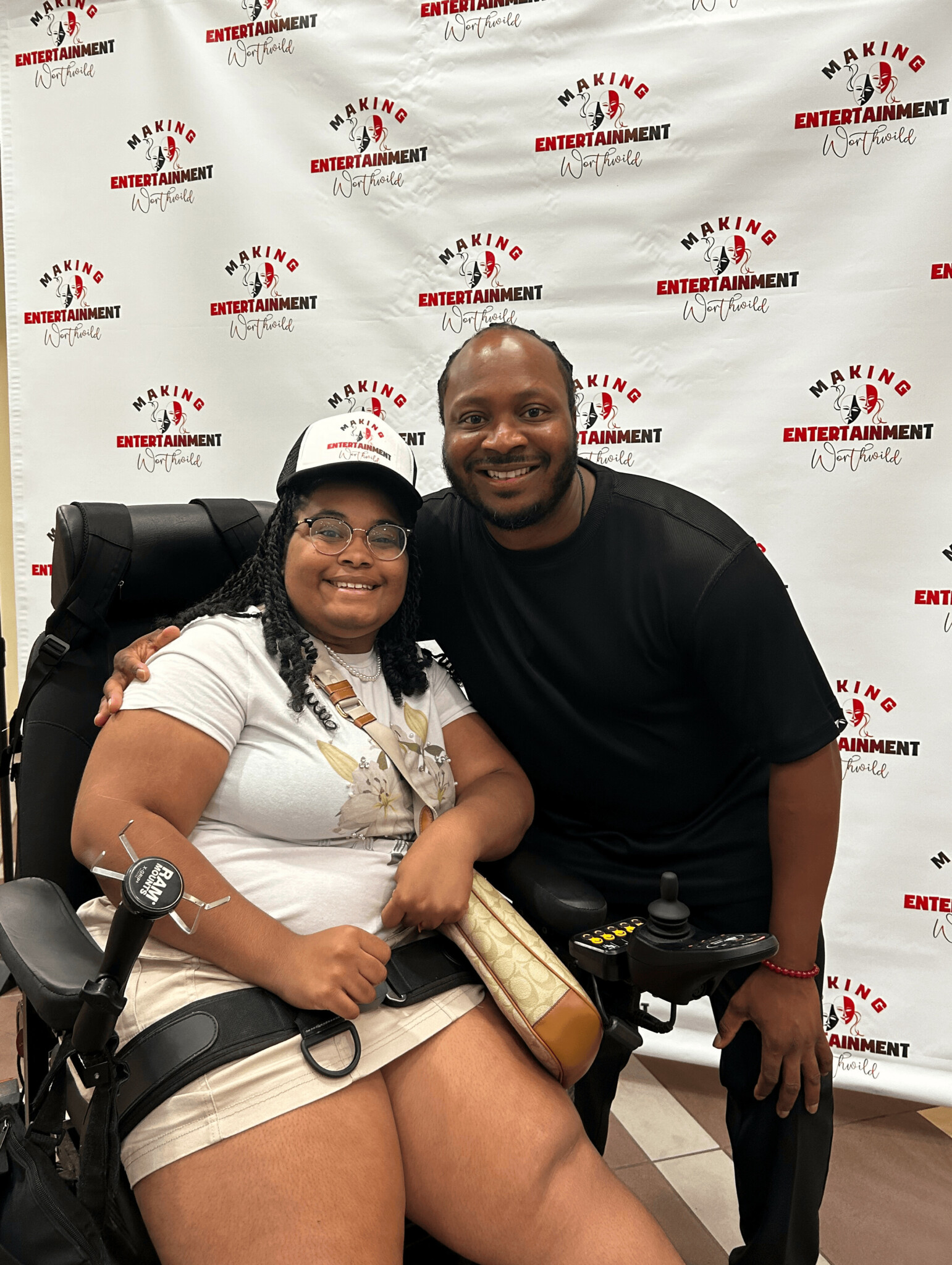
Is there something you think non-creatives will struggle to understand about your journey as a creative?
Absolutely. One thing I think non-creatives may struggle to understand is the level of uncertainty and emotional vulnerability that comes with being a creative. While many jobs come with clear-cut roles, deadlines, and structures, a creative’s journey is often defined by ambiguity, constant self-doubt, and the challenge of turning something intangible—an idea, a vision—into reality.
For instance, it’s not just about the work itself, but the process of creating. There’s often a sense of imposter syndrome that creeps in: questioning whether your work is good enough, whether it will be accepted, or whether it even matters in the grand scheme of things. You can spend days, weeks, or even months pouring your heart and soul into a project, only to be met with criticism or silence. That can feel defeating, especially when you’ve put so much of yourself into it.
Another challenge is the financial instability. Unlike more traditional career paths where there’s a predictable paycheck, a creative life often means juggling multiple projects, side gigs, or working without pay (at least in the early stages). There’s also the need to balance creativity with business—writing contracts, managing finances, marketing yourself, and navigating the complexities of a freelance or entrepreneurial lifestyle.
But what non-creatives may not fully grasp is that these struggles are part of what makes the journey worth it. For me, the risk, the uncertainty, and the emotional rollercoaster are also what make the moments of triumph and fulfillment so sweet. When you finally see your idea take shape—whether it’s a performance, a film, or a written piece—and connect with others in a meaningful way, it reaffirms why you take those risks in the first place.
If I could offer any insight to non-creatives or those thinking about pursuing a creative path, it would be this: be patient with the process and yourself. The journey is rarely linear, and failure or setbacks are a natural part of it. What matters is finding the courage to keep going, learning from those moments, and recognizing that, sometimes, the value of your work isn’t immediately apparent to others. Keep pushing forward, because the world needs those unique ideas and voices. It’s the struggle that makes the success all the more rewarding.
Contact Info:
- Website: https://mewproductions.org/
- Instagram: https://www.instagram.com/m.e.w.productions?igsh=MWlwcnU1cmY0d3ZzeQ%3D%3D&utm_source=qr
- Youtube: https://youtube.com/@m.e.wproductions?si=tCosSjuEUJYWXBXQ
